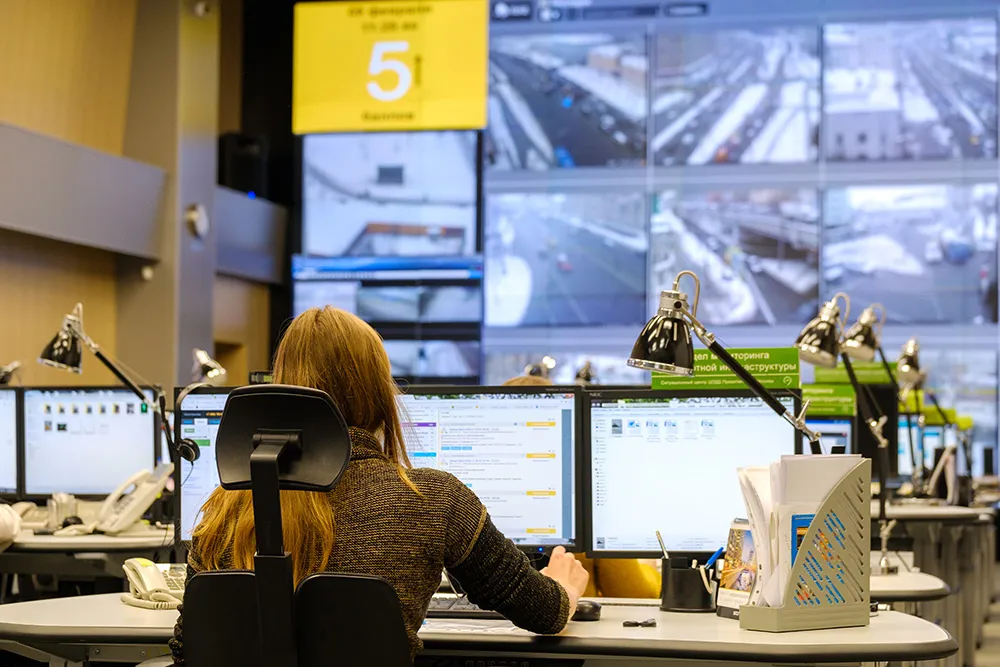
Global automotive components manufacturer Denso has used this week’s ITS World Congress to roll out its vision for the future of incar technology to the broader transport industry.
These five functions cover the driver interface, vehicle control assistance (in the event of a component failure), forecasting of road and traffic conditions, sensing of the outside environment, and cyber security.
Denso’s display covers elements of all five of these functions. The company’s stand also provides a “roadmap” for how it sees full autonomous driving developing over the next decade or so, from today’s “driver assistance” systems, to partial automated driving with monitoring by the driver, then to “conditional” automated driving where the driver responds only in certain circumstances, and finally fully autonomous driving.










